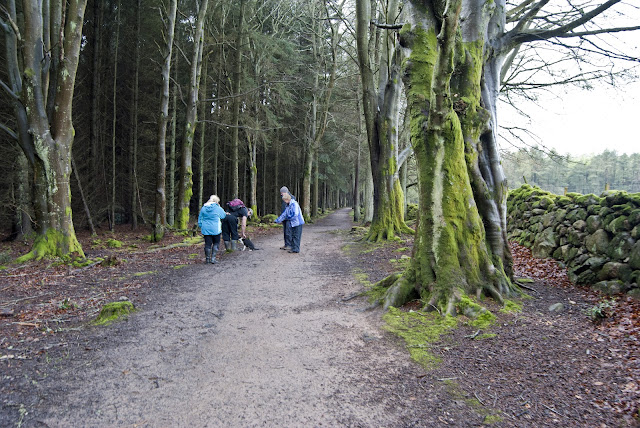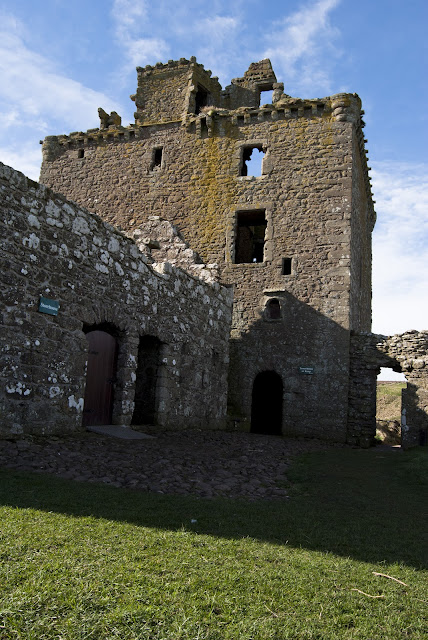So in an attempt not to feel too broken up over the fact that I was not able to attend my university graduation ceremony this last weekend I booked a flight to London to get my mind off home and onto the many adventures that lie ahead of me.
London was my first home away from home. It was in 2004 that an eighteen year old me boarded a plane with my childhood friend, Jenna Berndt, with no job and only a youth hostel in Earls Court booked for a couple of nights. We were off to conquer the world and make our own way and as it turns out fall in love with London.
It's a city that dares you not to love it, with its seemingly unfriendly people and its at first highly confusing transport system.
Whenever I see the tube map I think how it is the incarnation of the city itself and I would not be surprised if it was London herself that inspired Harry Beck to come up with his innovative design for her rapid transit system. The tube map is a maze of coloured lines joining stations and showing where to change to move to other lines but the fascinating and innovating concept of this map is that unlike previous maps it does not conform to strict rules of geography. What you experience underground in London in not always what is happening on the surface.
Arriving in London late Thursday night I went to bed at my gracious friend's Claire and Alan's house thinking how I could spend my weekend in London trying to capture the sense of the city. How I could try and relate to my friends, family and anyone that reads my blog the very notion of being in London. And so the 'Seen on the streets of London' project was born.
I decided to use street photography to attempt to grasp the city in both hands as it allowed me to try incorporate both the city and its people together - hopefully exposing the nature of their relationship. For those unfamiliar with street photography I will get technical for a minute and say that it is linked to straight photography in the way that it is often seen as holding a mirror up to society. It is a form of documentary photography in public spaces that according to Smashing Magazine strives "...
to capture the life and culture of city streets, searching for what Henri Cartier-Bresson, probably the most famous street photographer of all, termed the 'Decisive Moment'."
So this is my London project and I will build on it each time that I visit the city. I hope that you all enjoy it and feel that even miles away you are getting to know London a little better.
London - a playground for all ages.
On the steps of the National Gallery during school break the city is heaving.

London is one of the most watched cities in the world with one CCTV camera for every 14 people (and that is a stat from 2008 so I am sure that there are even more in 2012). But London never loses its sense of humour with these rather odd 'big brother is watching you' statues that are looking out from St Martins in the field over to Trafalgar Square.
A lady browses the breath-taking photographs of London for sale in the market located in the Covent Garden Piazza.
A passing pedestrian is reflected on a cafe table in Covent Garden. Rushing about is a London prerequisite but so is sitting a street side cafes, sleeping on the grass in the park and sipping a pint in the pub.
National pride is everywhere in the UK at the moment even painted onto the iconic black cab. All in preparation for the London 2012 Olympic Games.
"hmmm, hoodies are so last season! Don't you agree Alfred?"
That's more like it!
Polly Taylor on a 'Barclay's Cycle Hire or as Londoner's affectionately refer to them the Boris bikes. They are an exciting way to experience the city but not for the faint of heart and those that don't know the rules of the road. Oh and make sure you Mind the Gap and the pedestrians.
Alternative ways of seeing London - great heights and street level in amongst the cabs, buses and people.
A city by the river.

A international food market gives people the change to exchange smiles with faces from all over the world. It is a cosmopolitan city.
And for those with a sweet tooth you could exchange money for delicious macaroons....
or mouth watering coffee!
Ground Control coffee from Ethiopia.
London to me is feeling accepted - like you are home. That no matter where you are from here in London you are part of a city of cities.

Djamel is from West Africa and was drawing flags from all the countries in the world to raise money to take his sister out for supper. She arrived in London three days ago after being estranged for eleven years.
Peace and Love













































